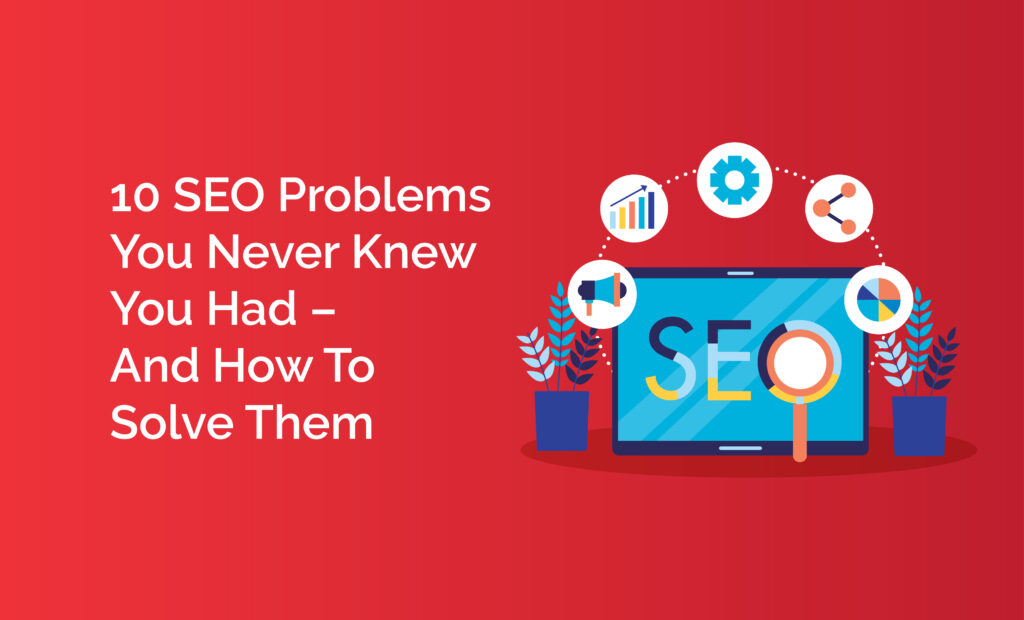Best Digital Marketing Company in Namakkal
For many business owners, SEO can feel overwhelming due to the multitude of tasks involved, such as creating directory accounts, managing reviews, and retaining customers simultaneously. It’s crucial to remember that encountering technical SEO issues can significantly impact your business’s online visibility.
Neglecting these issues may result in missing out on potential customers actively searching for your business. Without a doubt, SEO problems can become pervasive, particularly for newcomers to the business world. Below, you’ll find a compilation of common website SEO challenges along with guidance on how to effectively address them.
1. Google Manual Actions & Penalties
It’s possible that you’ve unknowingly violated Google’s guidelines by posting spammy or harmful content, leading to a warranted manual action.
Uncovering Manual Actions & Penalties
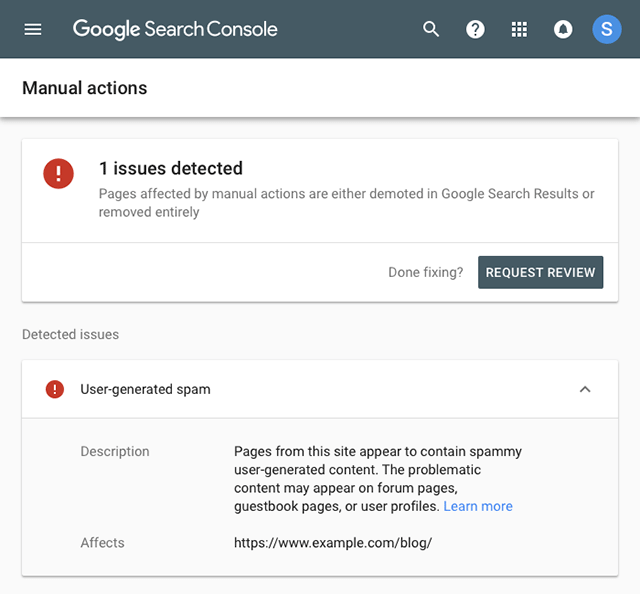
To determine if you’ve been penalized, check Google Search Console. If it indicates anything besides “No issues detected,” you’re facing trouble. Fortunately, Google provides explanations for their actions, enabling you to promptly address the issue, which may sometimes be as simple as removing offending content.
2. Inefficient Internal Linking
Hyperlinks serve more than mere navigation purposes, with two crucial functions:
1. Transferring authority between pages.
2. Guiding the user journey.
These roles extend to both external and internal links. While you may have limited control over externally linked content, internal links are within your purview, demanding careful attention to ensure your site remains both Google-friendly and user-friendly.
How to Enhance Link User-Friendliness & Google-Friendliness
Efficiently interlinking your site’s pages involves:
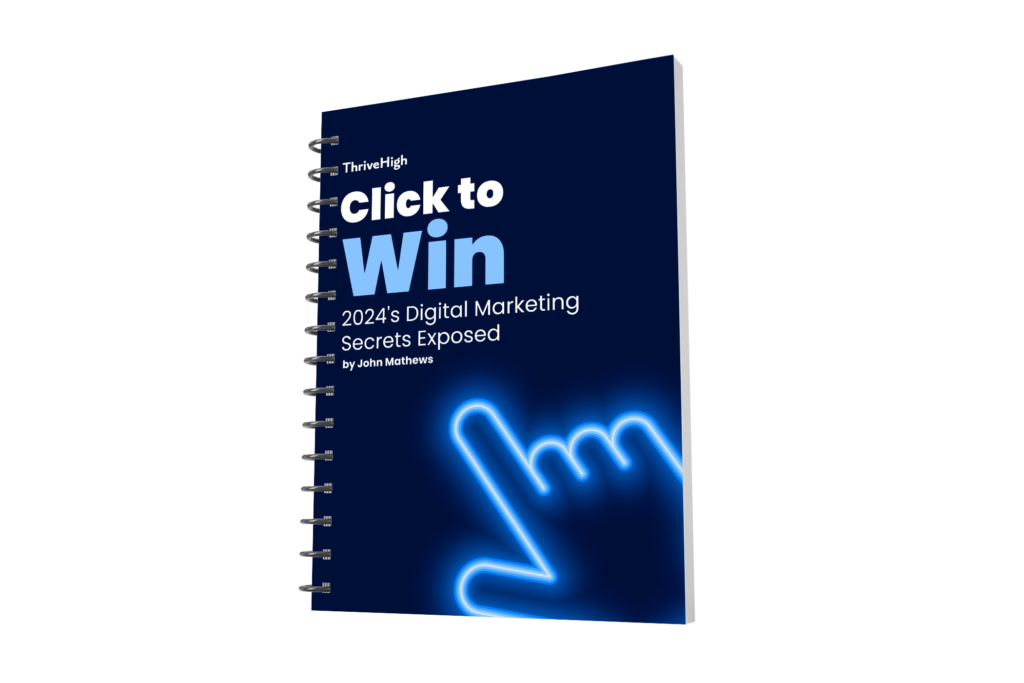
- Crafting descriptive anchor texts for your links, ensuring users can readily discern their destination.
- Directing links from high-authority pages to those with lower authority, bolstering the latter’s ranking potential. Identify opportunities for improvement using WebCEO’s Internal Links tool.
- Incorporating navigation bars and footers containing links to essential pages (e.g., homepage, FAQ, About Us, Contact Us), ensuring easy access for users.
- Implementing topic clusters by creating multiple pages on related subjects and linking them, thereby enhancing your site’s authority.
- Streamlining the user journey to minimize clicks, adhering to the informal three-click rule for optimal user experience, though its direct impact on SEO remains unsubstantiated, its benefits are undeniable.
3. Lack of User Accessibility
It’s important to acknowledge that not all users enjoy perfect health. Factors such as old age, illnesses, or disabilities can greatly impede or even prevent comfortable internet browsing.
When your website fails to accommodate users of all abilities, it becomes less user-friendly, hindering a positive user experience.
Moreover, ensuring accessibility isn’t just a matter of good practice—it’s a legal requirement. Ignoring this aspect could lead to legal repercussions that SEO alone cannot remedy.
Your goal should be to make your site accessible to as broad a range of users as possible, and this is where user accessibility comes into play.
Improving the User Accessibility of Your Website
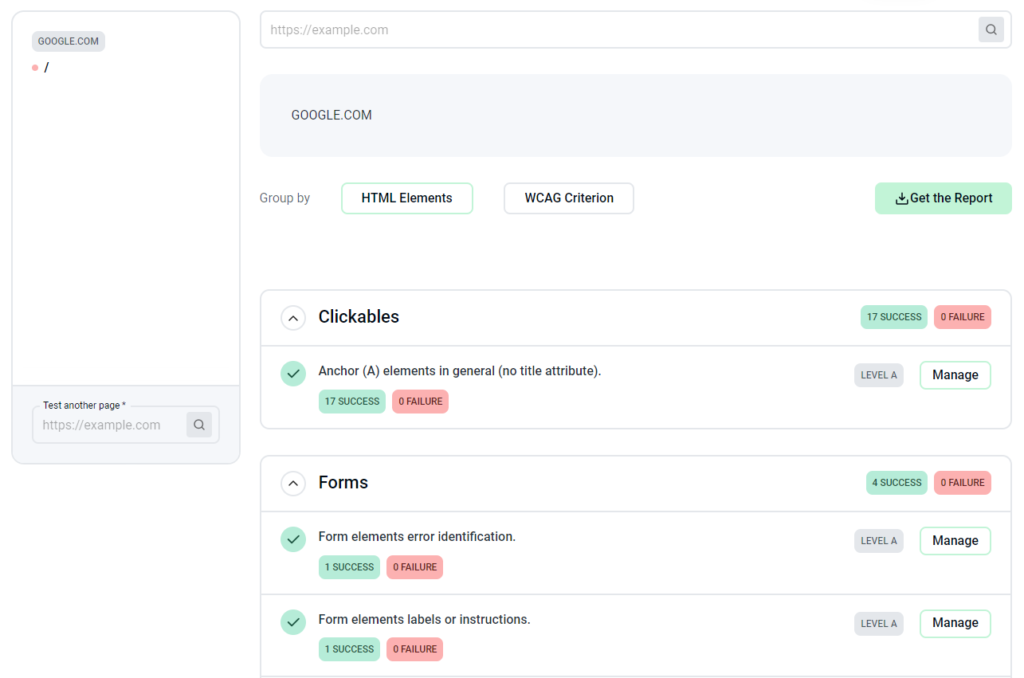
Best Digital Marketing Company in Namakkal
To assess your site’s accessibility, utilize tools like ARIA by EquallyAI. The World Wide Web Consortium offers numerous comprehensive resources for designing and developing accessible websites.
If your site doesn’t meet accessibility standards or if user feedback highlights issues, implement practices outlined in these resources to enhance accessibility.
Using The HREFLANG Tag Incorrectly
If your target audience includes multiple languages (e.g., for an e-commerce platform), you must pay attention to this aspect.
It’s crucial to avoid creating a language barrier that hampers user experience.
The hreflang tag’s primary function is to present visitors with the version of your site in a language they understand, based on their location and language preference.
4. How To Use The HREFLANG Tag Correctly
The “en-GB” attribute is indicative of targeting English-speaking users in the United Kingdom. “En” represents the language code (in ISO 639 format), while “GB” denotes the region code (in ISO-3166-1 alpha-2 format). Always consult relevant Wikipedia links to select the appropriate codes!
Components of an HREFLANG Tag
Failure to include the correct attribute or omitting it entirely risks presenting visitors with incomprehensible text, rendering your site ineffective for them. This oversight could lead to decreased conversions and rankings, along with increased bounce rates.
Ensure your hreflang tags are properly configured by scanning your site using WebCEO’s On-Site Issues Overview tool. However, it’s important to note that the hreflang tag isn’t foolproof.
There remains a possibility that the user’s native language may not be accommodated based on their location. In such cases, and for all others, providing users with the option to manually switch between languages on your site is advisable.

5. Opening New Links On The Same Page
This issue can detrimentally impact your rankings by diverting traffic away from potential conversions. While Google has expressed its stance on the target=”_blank” attribute for links, it remains advisable to implement it across your site.
Why Should You Open All Links In a New Tab?
When links open in the same tab, users navigate away from the current page, often before completing a conversion. This diminishes the utility of your high-ranking pages and may lead Google to decrease their visibility over time.
Thankfully, the remedy is straightforward: incorporate the target=”_blank” attribute into your links’ HTML code. Some platforms, such as WordPress, automatically include this attribute.
It’s crucial to note that the target=”_blank” attribute should always be accompanied by rel=”noopener” or rel=”noreferrer” for security purposes. These attributes prevent potentially malicious pages from accessing the tab from which the user opened the link, safeguarding both your site and the user’s device.
6. Poorly-Optimized Images
While image quality is a prominent consideration, assuming your site employs aesthetically pleasing visuals, it’s essential to recognize the flip side: high-quality images often entail larger file sizes, impacting site loading speed.
Best Practices for Website Images
- Maintaining visual quality is paramount, so what alternatives are available?
- Save images in the most suitable format: ICO or SVG for logos, JPG for large photos, and WEBP as a GIF substitute (bearing in mind browser compatibility).
- Manually specify height and width to eliminate excess pixels.
- Consolidate adjacent images where possible.
- Utilize image compression tools like TinyPNG to reduce file sizes without compromising quality.
- Implement these strategies before uploading images to your site.
7. Website Caching Issues
Alongside concerns such as poorly optimized images or hefty CSS and Javascript files, caching issues may contribute to your site’s sluggish performance.
Caching involves browsers storing a website’s elements upon visitation. For instance, once a website’s logo is cached, the browser retrieves it from storage rather than reloading it for each page visit, resulting in faster loading times.
How to Properly Cache a Website
If your site experiences caching challenges, it’s advisable to examine the .htaccess file on your server.
The .htaccess file serves various functions, including password protection and error page customization. Additionally, it facilitates the establishment of expiration dates for cached resources.
In the absence of such configurations, you can utilize the provided example or adjust the “access plus time” parameters according to your preferences. Alternatively, you can include entries for additional file types.
The key is to assign extended expiration periods to elements like the logo icon, ensuring they remain cached for as long as necessary.
Go From Beginner to Expert in
Just 8 Months!
With Purdue PG Digital Marketing Program
8. Failing To Match User Search Intent
Despite employing SEO tools to identify optimal keywords—long-tailed, high in search volume, and moderately competitive—and strategically placing them in titles, descriptions, URLs, headings, and text, your site’s rankings and visits remain stagnant. Why? Possibly overlooked in keyword optimization is the pivotal factor of user search intent.
Understanding User Intent in SEO
Mere user traffic isn’t the goal; it’s purposeful engagement—be it learning, discussion, subscription, purchase, sharing, and more.
User search intent spans various categories:
Informational: seeking new knowledge.
Navigational: searching for a specific website.
Commercial: seeking a product.
Transactional: intending to purchase.
Locational: seeking a place or information about it.
Seasonal: tied to a specific time period or date, such as Christmas.
Both your content and keywords must align with user intent. Yet, amidst these varied types, errors in keyword selection can occur, potentially undermining your SEO efforts. Distinguishing between intent types is critical for SEO success.
Implementing User Intent in Your SEO Strategy
- Enhance targeting precision by recognizing the stages of the keyword funnel:
- Awareness: the user identifies a need and initiates a search for a solution, possibly without a clear idea of what it entails (e.g., “buy laptop”).
- Interest: the user delves deeper, exploring available options (e.g., “best gaming laptops”).
- Action: the user has a clear intent and seeks to fulfill it (e.g., “laptop Lenovo IdeaPad Gaming 3”).
- Select keywords that correspond to these stages effectively to optimize your SEO strategy.
9. How to Identify and Remove Harmful Backlinks
Utilize a tool to scrutinize your site’s backlinks, identifying potentially detrimental ones. While retaining backlinks from trusted sites is advisable, those deemed unfavorable must be addressed promptly. Click here for read about Safe Link Building: How to Find and Remove Bad Backlinks
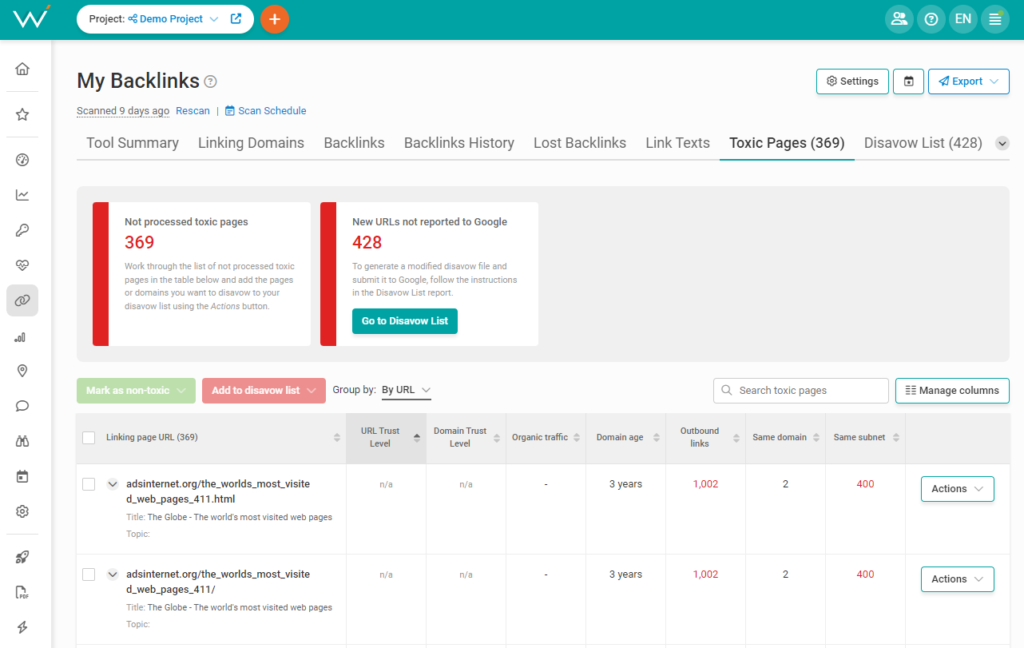
Your recourse includes:
- Deleting the backlinks manually.
- Soliciting assistance from someone who can edit the linking site to remove them.
- Leveraging Google Disavow (accessible via the Toxic Pages tool) to instruct Google to disregard these links.
10. Failing To Follow SEO Trends
Search engine optimization has undergone significant evolution since its inception.
New strategies have emerged, old tactics have become obsolete, and existing methods have been refined for better precision. This evolutionary cycle persists.
Failure to stay abreast of SEO news and advancements can render your optimization efforts ineffective.
It’s imperative to cultivate a habit of regularly perusing SEO updates, including those provided on reputable platforms. Pay particular attention to significant developments, especially Google’s core algorithm updates, as they precipitate substantial shifts in SEO landscape.
A comprehensive understanding of diverse SEO issues facilitates prompt identification and resolution. With keen observation and dependable tools, you can swiftly rectify any detected issues. Remain vigilant and routinely assess your site for potential pitfalls.

